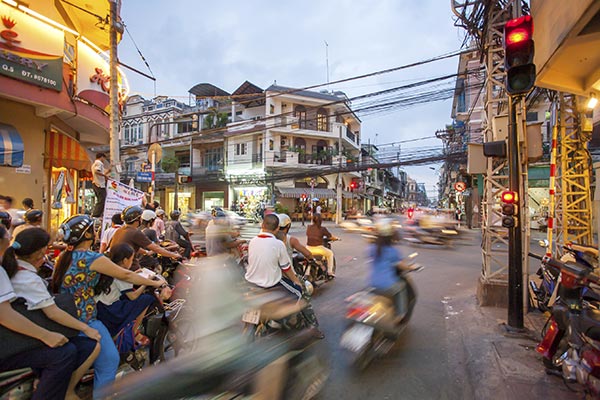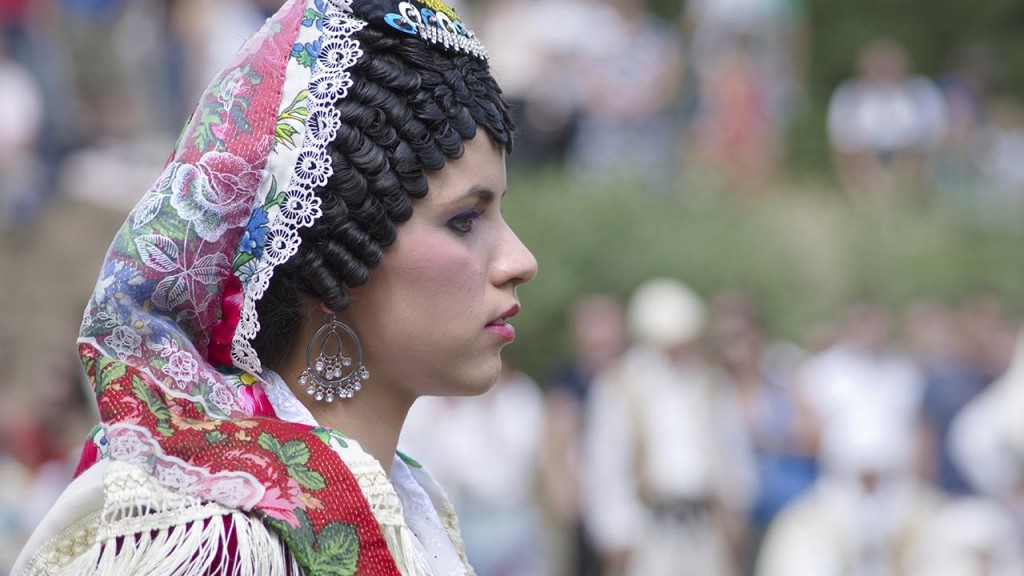Vietnam Photo Tour
In addition to the amazing traditional and ancient sites we will visit on our “The Other Vietnam: A Cultural Photo Tour”, a unique cultural photography tour with Roger Nelson and Son Nguyen, we will also have the opportunity to do street shooting in the exciting and pulsating Saigon as featured in this attached NY Times story. For more information call 415-331-3791
http://www.nytimes.com/2015/07/21/world/asia/ho-chi-minh-city-finds-its-soul-in-a-voracious-capitalism.html?emc=edit_th_20150721&nl=todaysheadlines&nlid=55342089
Capitalist Soul Rises as Ho Chi Minh City Sheds Its Past
The city, still known locally as Saigon, is a bastion of capitalism.
Credit Christian Berg for The New York Times
HO CHI MINH CITY, Vietnam — Taking a puff from a hookah and a sip from her beer, Thuy Truong, a 29-year-old tech entrepreneur in a black cocktail dress, pondered the question: What were her thoughts on the 40th anniversary of the fall of Saigon? “Forty years ago?” she yelled over the body-rattling roar of nightclub music. “Who cares!”
Four decades after the victory of Communist forces, the soul of this city, still known locally as Saigon, seems firmly planted in the present. For the young and increasingly affluent, Saigon is a city that does not want to look back, loves having fun and perhaps most of all is voraciously capitalistic.
The apartment building where evacuees clambered up an outdoor staircase to board a C.I.A. helicopter in a chaotic rooftop operation, a scene captured in an iconic photograph, is now at the heart of a neighborhood filled with luxury shops selling $1,000 Rimowa suitcases and $2,000 Burberry suits.
A newly paved walkway runs down the median of nearby Nguyen Hue Street, a magnet for teenagers on skateboards and in-line skaters who swoosh past a temporary display of photographs honoring a deceased senior official of the Communist Party. A statue of Ho Chi Minh, the Communist revolutionary leader, is sandwiched between a luxury hotel and a refurbished French colonial building that will soon house a Brooks Brothers store.
Two-thirds of the Vietnamese population was born after the fall of Saigon and the reunification of Vietnam in 1975. Among the young there is gratefulness that they are coming of age now, when the country is at peace after so many centuries of wars, occupation and entanglements with foreign armies.
“I feel lucky that I was born a long time after 1975,” said Tue Nghi, who at 22 has her own company that buys, refurbishes and sells homes. From a childhood of poverty and misfortune, Ms. Tue Nghi parlayed a small trading company into a thriving business, and now owns four cars and numerous houses. New money is everywhere in Saigon, the former capital of South Vietnam, because all the old money fled or was stripped away when the Communist North won the war.
In the early years of a unified Vietnam, the government pursued disastrous experiments with collectivized farms and bans on private enterprise. The country’s leaders changed course around the time the Soviet Union collapsed, embracing the market economy, a pillar of the very system they had fought to defeat. Since then, Saigon, a freewheeling bastion of capitalism before 1975, has returned to its roots with vigor.
Ralf Matthaes, a Canadian who arrived in Vietnam in 1993, remembers streets filled with “nothing but bicycles.” “If you saw a car you would actually stop and stare at it,” he said.
Motorcycles have taken over the city streets now, and often the sidewalks. The roar of so many internal combustion engines in unison is the hallmark of a modern Vietnamese city and sounds like a giant wave crashing and rolling onto the shore. Gone are the Communist ethos of conformity and the shunning of ostentatiousness that came with it.
A decade ago Mr. Matthaes, who manages a market research consultancy here, had a Vietnamese colleague who was so embarrassed by her BMW that she covered it with cardboard when colleagues came to her house. “That is one of the single largest changes,” he said. “Today you see people driving to a cafe and parking their car where everyone can see it. It’s gone from a society hiding its wealth to flaunting it.”
If, for the Americans, the war here, in which 58,000 Americans and as many as three million Vietnamese died, was on some level about keeping Vietnam safe for capitalism, it turns out that they need not have worried. Capitalism here churns relentlessly, aided by what Ted Osius, the United States ambassador, calls “the most entrepreneurial people on earth.”
Last year, 78 percent of registered companies in Ho Chi Minh City shut down, according to government statistics, as the country was emerging from a debt crisis. But the creation of new companies has since gathered pace; so far 26 percent more new companies have been formed this year than in the same period last year.
City planners here speak approvingly of the intense competition and the constant cycle of corporate failure and rebirth. The name cards of government officials still say “Socialist Republic of Vietnam,” but their talking points would bring a smile to Adam Smith. “Weak companies will fail; that’s normal,” said Tran Anh Tuan, the acting president of the Ho Chi Minh City Institute for Development Studies, a government planning agency. “They can learn from failure. That’s a good way to develop.”
Indeed, the shell of a Communist command economy remains: The state-owned companies that make up around one-quarter of the economy have large debts and are not very efficient. The private sector and foreign companies are what keeps the economy buzzing. More than 200,000 migrants a year flock to Ho Chi Minh City from other parts of Vietnam. The city counts eight million registered residents, but estimates of the total population reach 12 million.
Rags-to-riches stories are everywhere.
Ms. Thuy Truong, the tech entrepreneur, did not have electricity in her home until she was 7. She now develops smartphone apps and commutes between Mountain View, Calif., and Ho Chi Minh City. She recently sold her software firm to Weeby, an American company, for more than a million dollars. (She will not say exactly how much.) She turns 30 in December.
Nguyen Trung Tin, 28, took over his parent’s real estate company last year. He remembers his parents’ relentless struggle to turn nothing into a sizable fortune, with them studying Chinese, Japanese and Russian language tapes well into the night in the one-room apartment they shared when he was a boy. Now Mr. Tin is in the thick of the glamour of the new Vietnam. He owns two nightclubs, an events company and a Thai restaurant. But he criticizes many of his generation for forsaking what had been a culture of self-improvement for a culture of materialism for its own sake.
“They see the fast cars, they have Louis Vuitton bags and Christian Louboutin shoes,” he said. “For them it’s just a question of how do I get that. They are hungry for the wrong reasons and for the wrong things.”
The easy money was made more than a decade ago, when property prices soared and millionaires were minted overnight. It now takes a lot of hard work, luck and often government connections to make a fortune.
But Ho Chi Minh City is still a magnet for the young, a place of opportunity and fun. Luong Thi Hai Luyen, 29, came to Saigon from her native Hanoi, the capital, to study for a master’s degree in cultural studies and find a job.
“In Hanoi, we think about the future, saving for the future,” she said. “Here they don’t think about yesterday — or tomorrow. They live in the moment.”
Correction: July 21, 2015
An earlier version of this article misspelled the name of a 22-year-old Vietnamese businesswoman. She is Tue Nghi, not Thu Nghi.
Best regards,
Teri


